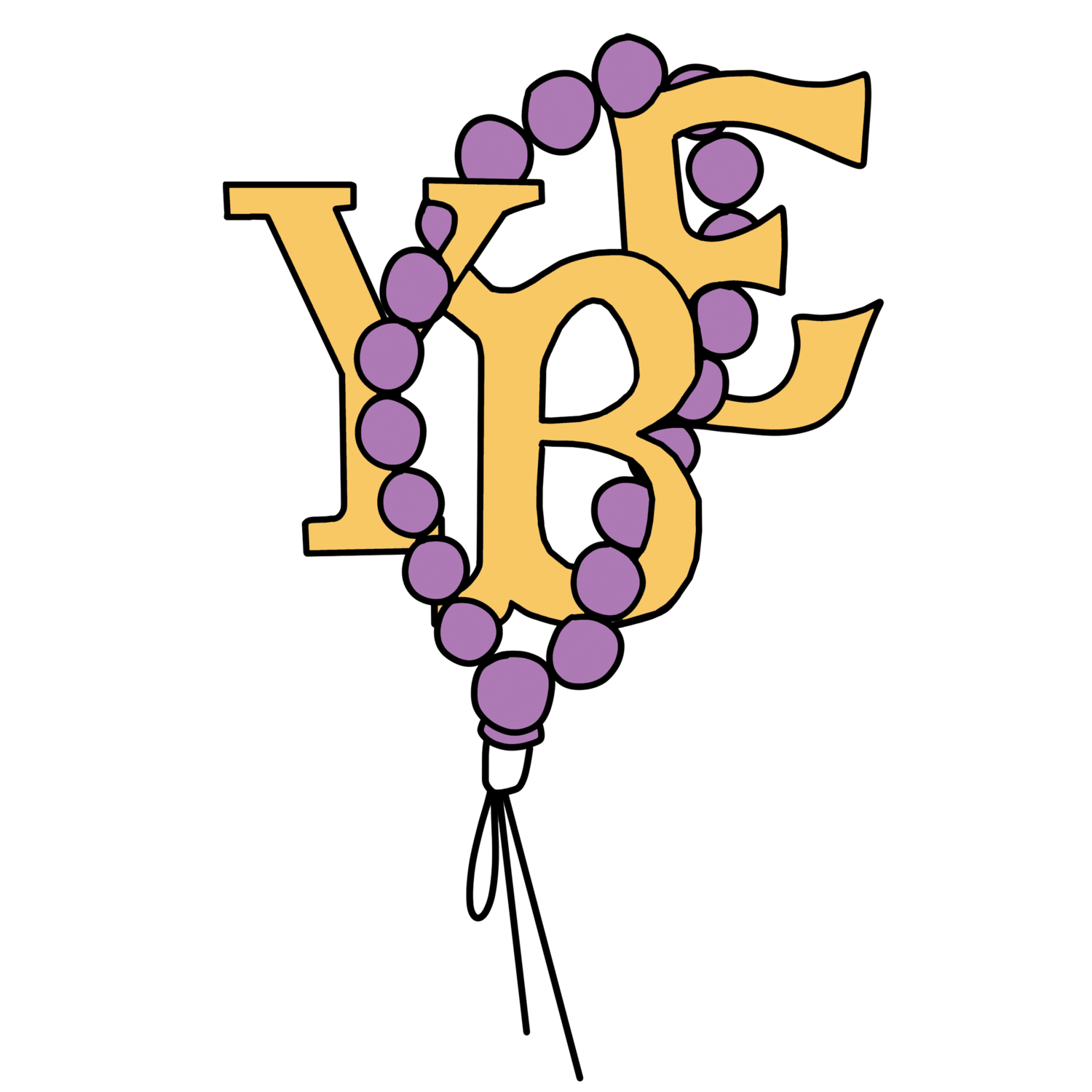Clouds in Paper
By Ryland Shengzhi Li | he/him/his | Arlington, Virginia, USA
If you are a poet, you will see clearly that there is a cloud floating in this sheet of paper.
—Thich Nhat Hanh
It may be ironic that an online column is titled Clouds in Paper. Where, after all, is the paper?
Yet this is the nature of interbeing. There is much paper in this column. I read the 48 haibun, submitted by 31 poets to this column, printed on paper. No doubt many of the poets first wrote their haibun on paper. And this is only the surface of the page.
Paper was first developed in China over 2,000 years ago and has been foundational to the spread of the written word, and in turn to literacy, education, and the exchange of ideas around the world. Without paper, literature would have been confined to the wealthy who could access the written word in other ways, such as by writings on animal skins or tablets, and to the oral tradition. Without paper, many haibun and haiku of the Japanese masters would have been lost to the ravages of time, and many more would not have been translated and widely distributed throughout the world. Without paper, fewer of us would have learned to read or write. Without paper, this column, and perhaps even the Internet itself, would not exist. So you see, this column is interwoven with paper.
Indeed, interbeing is the nature of not just paper, but the whole world. We inter-are with one another, and with the earth and its non-human inhabitants. This is easy to forget, surrounded as we are by powerful and ever-evolving technologies, and increasingly isolated from nature amid our urban dwellings. We obtain the necessities of life from human artifacts: water from a metal faucet; food from a grocery store or perhaps a delivery app; shelter from a house. Of course, we know that all these things ultimately come from the earth, and that we dwell in and are part of the earth. But it is one thing to know rationally, and another thing to know, to really know, in the depth of our hearts.
In Buddhism, we talk about this second kind of knowledge through the idea of vipassanā, or insight into the true nature of reality that gives rise to liberation. And what is the nature of reality? All things are interconnected with all other things, they are in constant change, and contain the seeds of both suffering and happiness. These are known as the three marks of existence, or the three dharma seals.
How do we attain such insight? The sutras speak of 84,000 doors to liberation. Literature is one such door. Literature has the power to transcend the boundaries of a single lived experience, culture, and worldview, and to enable us to perceive the world afresh. The great Russian novelist, Alexandr Solzhenitsyn, said about literature: “One word of truth shall outweigh the whole world.”
Each of the 8 haibun selected for publication have helped me to know, and to feel, more deeply the suchness of our world, in all its beauty and aching. They embody the intimate interbeing described in the Diamond Sutra: between the self and others, humans and non-humans, living beings and non-livings, life and death. I believe that writing and reading these haibun partake, in the words of the sutra, “the fruit of the highest, most fulfilled, awakened mind … realized through the practice of all wholesome actions in the spirit of non-self, non-person, non-living being, and non-life span.”
On a more mundane note, the 8 haibun I have selected include both those by haiku poets and by writers new to haiku. I am delighted that this column may serve as a bridge between the general writing, English language haiku, and Buddhist communities. It is my aspiration that haibun in English may become a gateway for those new to haiku, and a bridge between the haiku and other literary communities. This too, I believe, embodies the spirit of interbeing.
a flash of lightning
lights up the world—
such words
Ryland Shengzhi Li (he/him)
Arlington, Virginia, USA
Dharma Compassion Sangha
This piece has been published as part of the collection, Clouds in Paper.

